VMware vSAN – Study Guide
My first experience with vSAN goes back to 2019 when I worked as a virtualization consultant at APK in Iran. During that time, I had the opportunity to work on several projects involving vSAN, and it was truly an excellent experience. This positive encounter motivated me to pursue the vSAN 2017 certification and continuously try to stay updated and expand my knowledge about this product and recently passed the updated vSAN exam (vSAN 2023) a few months ago. This certification update was necessary to ensure I stay up-to-date with the latest version of vSAN, which introduces exciting new features.
The transition from the older versions, namely vSAN 6.7 and vSAN 7, to the new vSAN 8 is substantial and has significantly improved the system’s usability and intelligence. Although I haven’t had the chance to deploy vSAN 8 in a customer environment yet, I have gained ample experience with the older versions. I have set up vSAN 8 in my lab and actively followed best practices to simulate various daily tasks one might encounter in a production environment.
Throughout these years and also exam preparation, I encountered a range of challenges, issues, and failures. I found it valuable to document these experiences, along with the knowledge and references I used. By sharing this information, I hope to assist those who are interested in the new vSAN and those who are preparing for the vSAN 2023 exam.
This study guide aims to provide a comprehensive overview of VMware vSAN, specifically focusing on the new vSAN 8. It will cover the key objectives and topics outlined in the VMware references for the exam. Whether you are a vSAN administrator or someone looking to enhance your virtualization skills, I believe this guide will be a valuable resource for understanding and implementing vSAN clusters.
The VMware vSAN Study Guide comprises thirteen comprehensive objectives designed to provide learners with the essential knowledge, skills, and tools required to effectively plan, deploy and manage a VMware vSAN cluster. This series goes beyond installation and configuration, emphasizing crucial Day-2 vSAN administrator tasks, including cluster maintenance, security operations, troubleshooting, and advanced vSAN operations.
During the writing process, I may add some sub-objectives to better enhance the understanding of the subject. Therefore, this table of contents is not fixed and may change in the future.
- Objective 1 – vSAN Introduction
- Objective 2 – Planning a vSAN Cluster
- Objective 3 -Deploying a vSAN Cluster
- Objective 4 – vSAN Storage Policies
- Objective 5 – vSAN Resilience and Data Availability
- Objective 6 – Managing vSAN Storage Space Efficiency
- Objective 7 – vSAN Security Operations
- Objective 8 – vSAN HCI Mesh and Stretched Cluster
- vSAN HCI Mesh and its benefits
- Objective 9 – vSAN File Service and iSCSI Target Service
- vSAN File Service and its capabilities
- Configure vSAN File Service and iSCSI targets
- Objective 10 – vSAN Stretched and Two-Node Clusters
- vSAN stretched clusters and their configurations
- Configure a vSAN stretched cluster and simulate failure scenarios
- Configure two-node vSAN clusters and analyze adaptive quorum control
- Objective 11 – vSAN Cluster Maintenance:
- Expand vSAN ESA Cluster Capacity
- Update the vSAN Cluster
- Upgrade an HCI environment using vSphere Lifecycle Manager
- Manage (create, expand, reconfigure, and remove) disk groups and storage pools
- Manage firmware and driver versions using Skyline Health
- Shut Down and Power On vSAN Cluster
- Objective 12 – vSAN Cluster Monitoring:
- Objective 13 – vSAN Troubleshooting
- Impact of the vSAN component (Host, Storage, Network) failure
- Performance tuning (gather vSAN performance information in the UI or using vsantop)
- Removing inaccessible objects in vSAN
End!


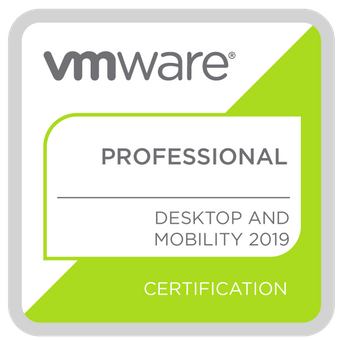
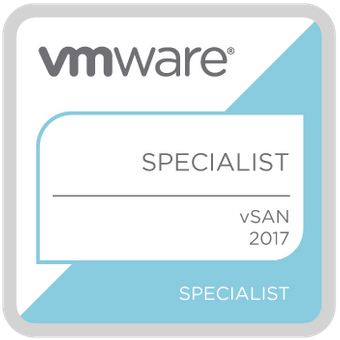
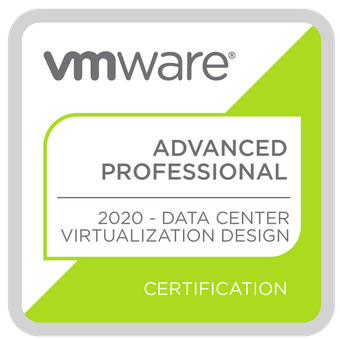


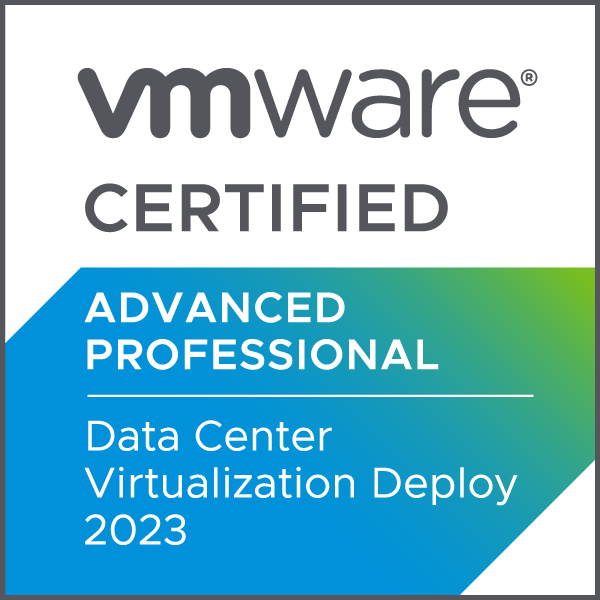

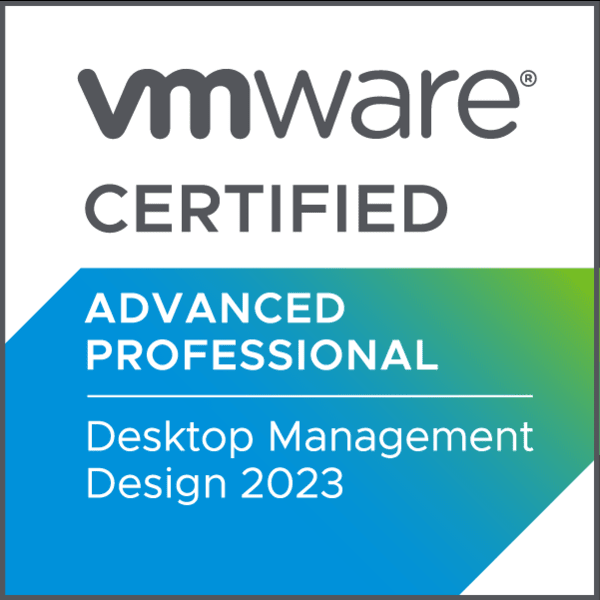
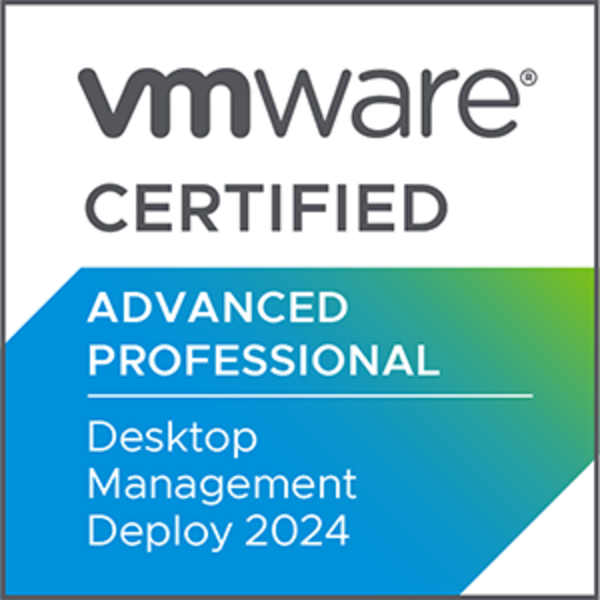
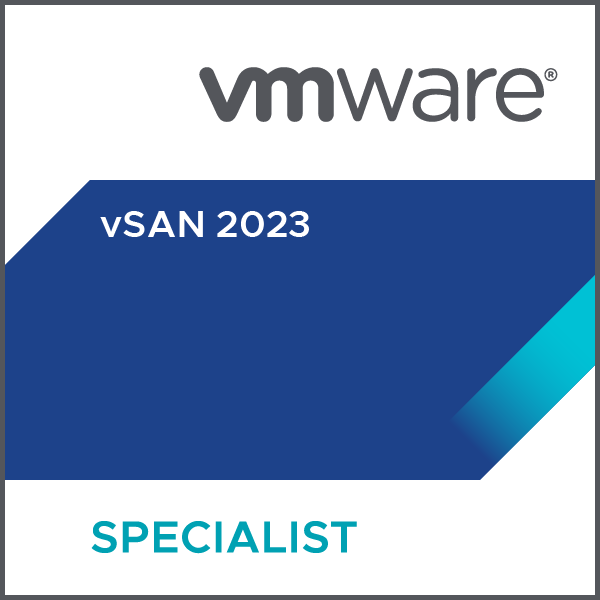






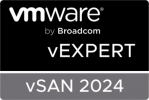


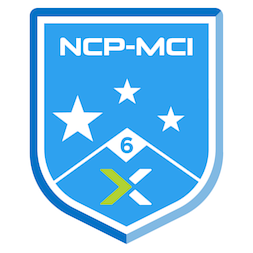
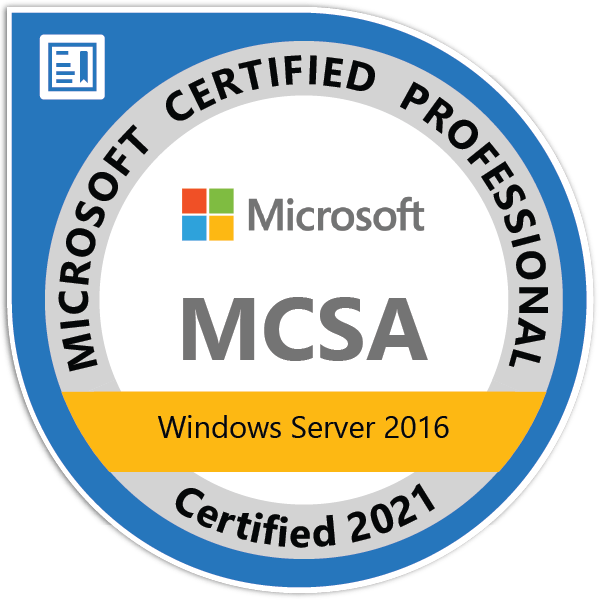

getting this when doing the last config for vsan “General vSAN error. vSAN can not be enabled as there are storage pool disks on .192.168.1.3 192.168.1.2”
Hi,
it seems you already have storage pools on two esxi hosts, you need to delete it and format the disks and then try to enable vSAN on this cluster.